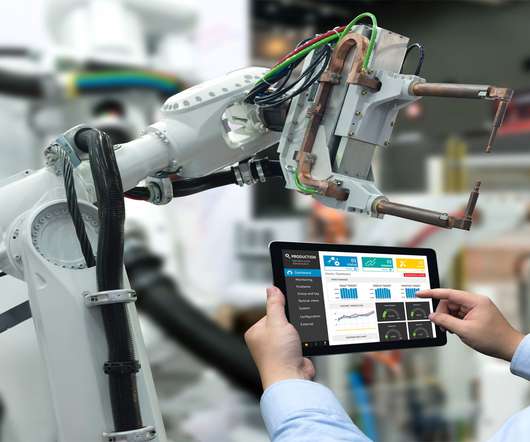This Week in Logistics News (July 23 – 29)
Logistics Viewpoints
JULY 29, 2022
This new partnership comes just months after Mattel sent two Barbie dolls into space as part of a collaboration with the International Space Station National Lab to encourage girls to consider aerospace, engineering and STEM careers. Financial terms of deal were not disclosed. And now on to this week’s logistics news.
















Let's personalize your content